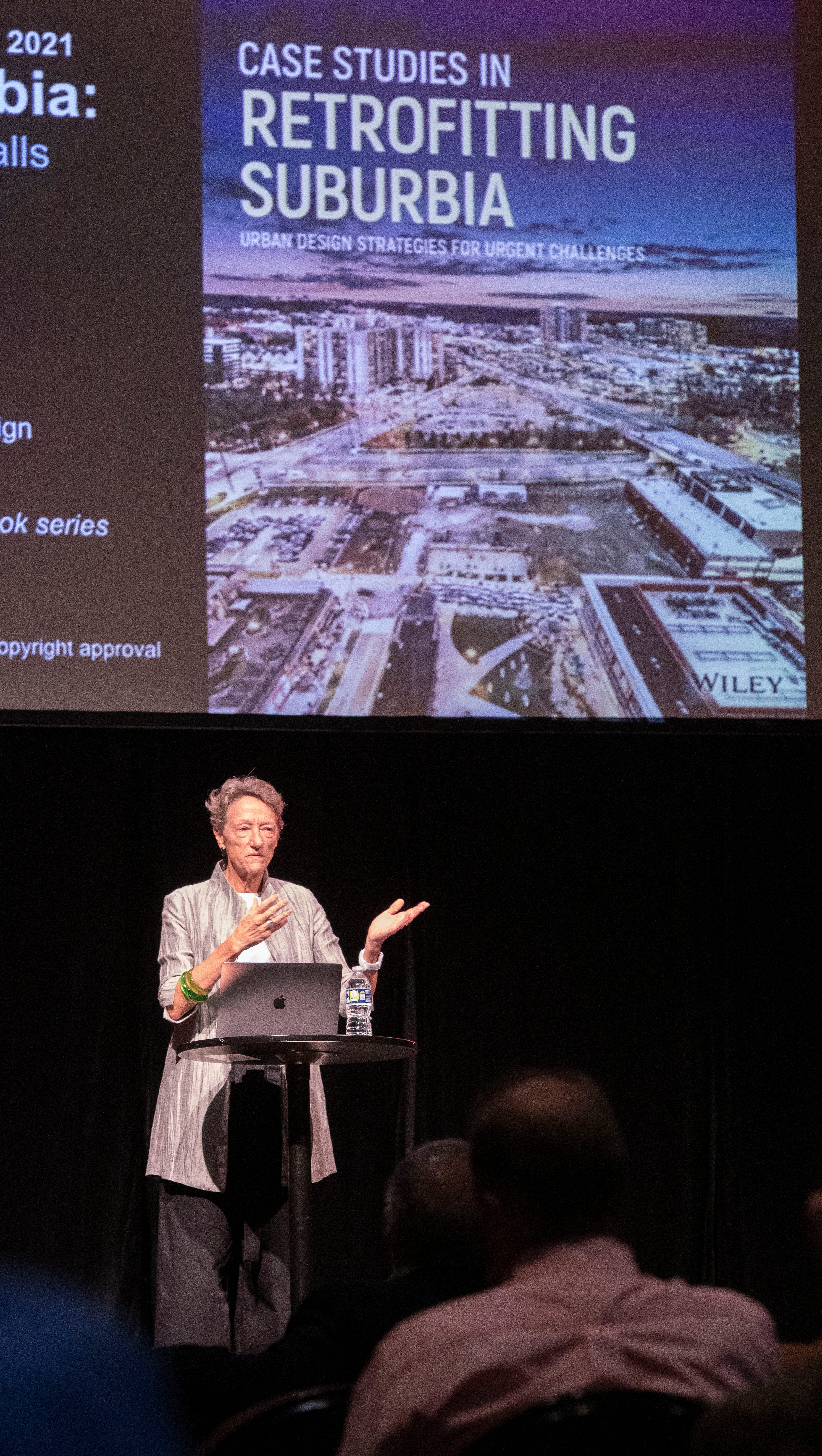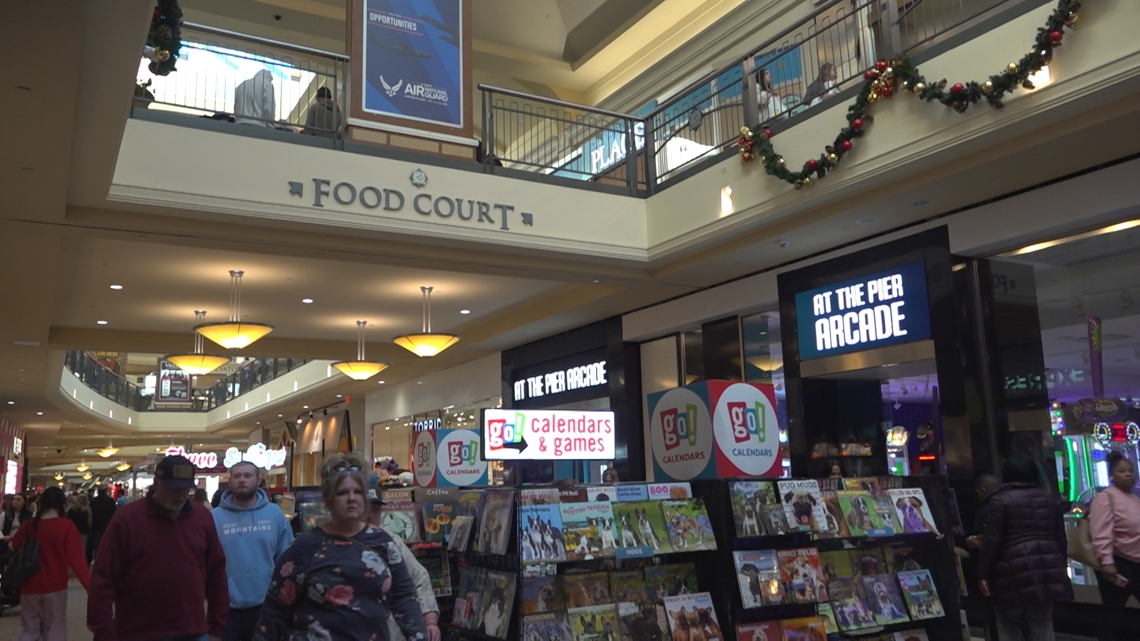

CivicCon: How communities can reclaim dying malls and shopping centers
As one glaring example, retrofitting suburbia expert Ellen Dunham-Jones pointed to the dying Highland Terrace as an opportunity.
Pensacola News Journal
Franklin Mall, once among the biggest shopping retail destinations on the East Coast, is a shell of its former mega-mall glory. The Philadelphia mall’s value has nosedived, it’s in receivership and now it’s in the market for a buyer.
Once called Franklin Mills, then Philadelphia Mills, the lightning-bolt shaped super mall at the border of the city and Bucks County is now a “beleaguered behemoth,” according to a report in the Philadelphia Business Journal.
But unlike the Oxford Valley and Neshaminy malls in Bucks, which have mixed-used redevelopment plans, nothing’s clear about what will happen to Franklin Mall, with its 1.6 million square foot mall in Northeast Philadelphia, just over the border from Bensalem.
“The future of the once celebrated Northeast Philadelphia mall,” the Business Journal reports, “remains a mystery. The hulking complex is long past its heyday of the ’90s and early 2000s. Its value has plummeted more than 60 percent over the last dozen years, and its concourses are pocked with vacant storefronts.”
If it sounds gloomy, it is. The place is for sale, but so far, no buyers. And an expert on suburban redevelopment quoted by the Business Journal said the place is so huge, it will be “one of the more challenging ones” to reinvent.
Proposed in 1987, the $300 million mall at Woodhaven and Knights roads was astonishing in its size and aspirations — the world’s largest outlet mall that would draw shoppers and tourists from a 50-mile radius for the next century. It opened in 1989, before laptops and smartphones made retail shopping as easy as a few clicks. It attracted nearly 20 million shoppers a year by the mid-1990s, the Business Journal said.
Simon Property Group, owner of the Oxford Valley Mall, and a partner acquired the place in 2007, and renovated it in 2014, renaming it “Philadelphia Mills.”
The new owners borrowed nearly $300 million on the property.
“The loan matured last June,” the Business Journal said, “with Simon (and partner) Farallon stating their intention to surrender ownership of the property to the debtholders. The loan’s balance is almost a quarter-billion dollars, the Journal reported.
Simon no longer is involved with the property’s daily operations, the paper said. The mall, still open, is anchored by Marshall’s, HomeGoods and a Walmart Supercenter.
Simon did not immediately return a call on Thursday inquiring about the the mega mall’s future.
With Simon out and the property in receivership, its name has been changed to “Franklin Mall” while its future is determined.
Currently, it is 71 percent leased, according to receivership documents the Business Journal reviewed. On a visit, it counted 30 vacant storefronts and empty food courts. The AMC Theatres closed Dec. 31, leaving 68,000 square feet of empty space. GameStop and Sbarro left in February. Foot Locker is among the retailers that remain.
Some 416,000 visitors came to the mall in February, the Business Journal said, down 11 percent from February 2024. In 1997, the mall had 1.5 million visitors per month. Its revenue is down as well as its value, appraised at $76 million a year ago. It was $201 million in 2012, the Business Journal said.
The future of the 150-acre mall could be industrial or residential, the Business Journal reports. A bill pending in Harrisburg, written by state Rep. Josh Siegal (D-Allentown) would grant tax abatements for up to 15 years on mall properties “that incorporate multiple uses, including residential and commercial,” the paper said.
The bill passed in the House of Representatives, but is stuck in the Senate, and it’s unclear if it goes anywhere slowly fades, like once great shopping malls of the 20th century.
JD Mullane can be reached at [email protected].
link








